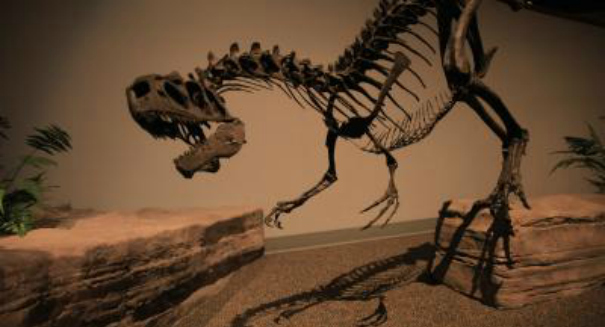
Why haven't dinosaurs been found in an area as lush and teeming with life as the equator?
For years, scientists have been baffled by the almost complete absence of dinosaurs from the equator, an area that is filled with lush vegetation and wildlife today that would have been well-suited for the prevalence of dinos, but now scientists have the answer — the equator was a much less pleasant place back then.
It took more than 30 million years for dinosaurs to show up in the tropics because it was so hot 200 million years ago that there would have been an unpredictable climate filled with droughts, wildfires, and sudden wet seasons that would have made it impossible for large long-necked dinosaurs to survive, according to a Daily Mail report.
There also wouldn’t have been anything to eat, as the harsh climate would have made it difficult for plants to grow.
Scientists believe the conditions back then would have been similar to today’s western United States, which would be largely arid and dry with little vegetation and mostly smaller animals. As a result, only small two-legged carnivorous dinosaurs could have survived, much like how places like New Mexico are ruled by tiny predators like lizards and scorpions and snakes.
Large sauropods include diplodocus and brontosaurus would have avoided the tropics until about 30 million years after they appeared on Earth and populated more generous climates.
To make the findings, scientists studied rock samples from the Ghost Ranch in New Mexico, which is what would have been the “tropical” area during that time period. In the late Triassic, northern New Mexico was much closer to the equator than it is today.